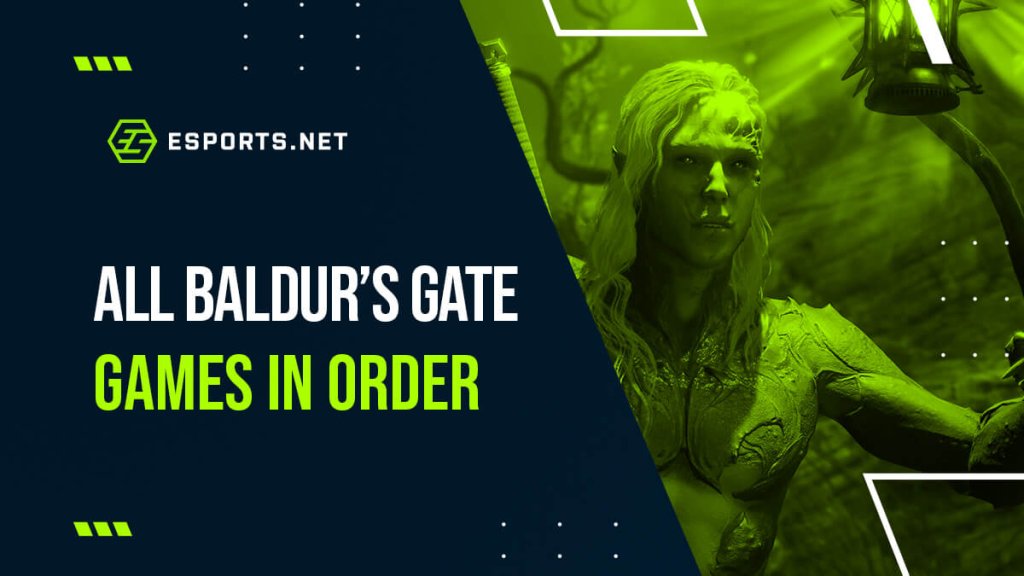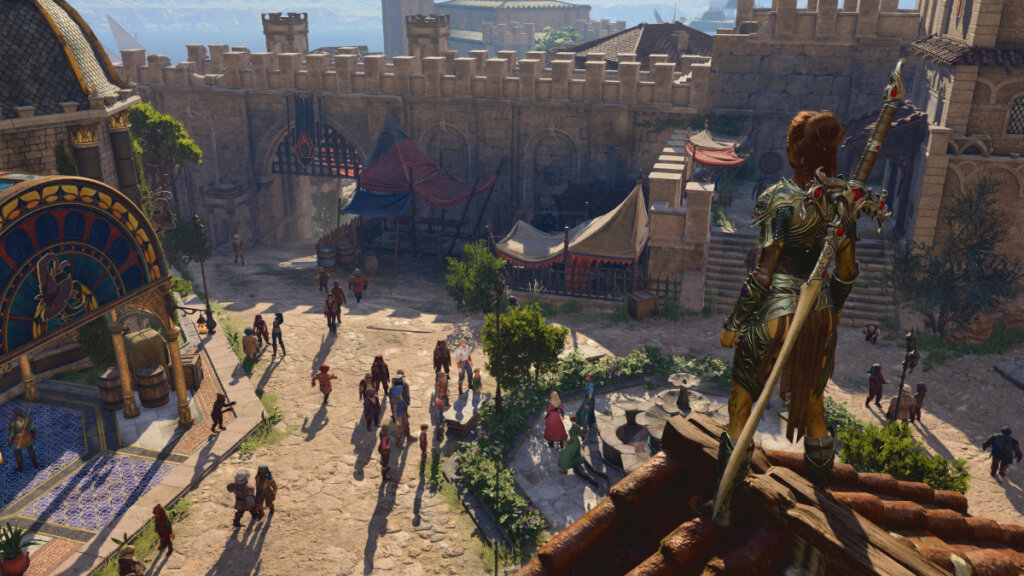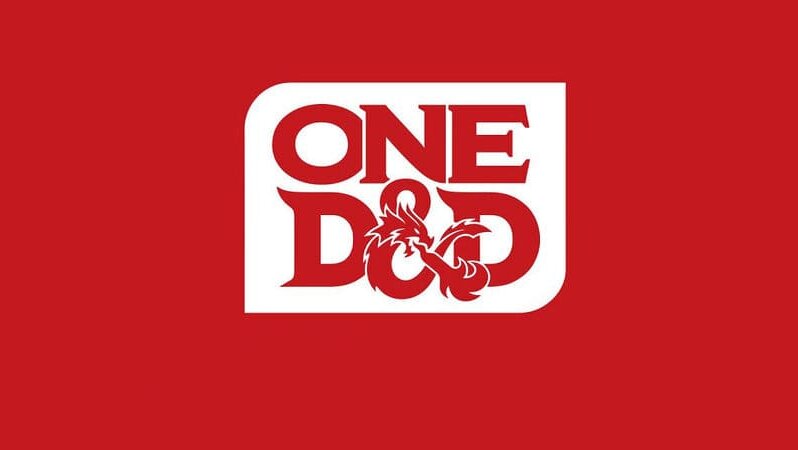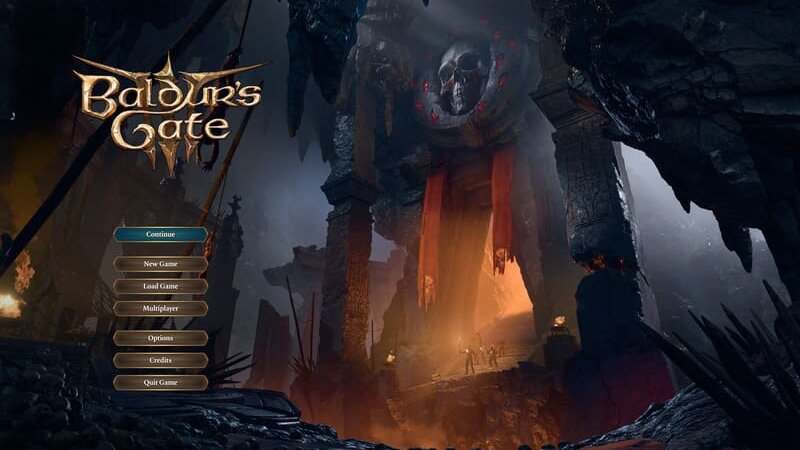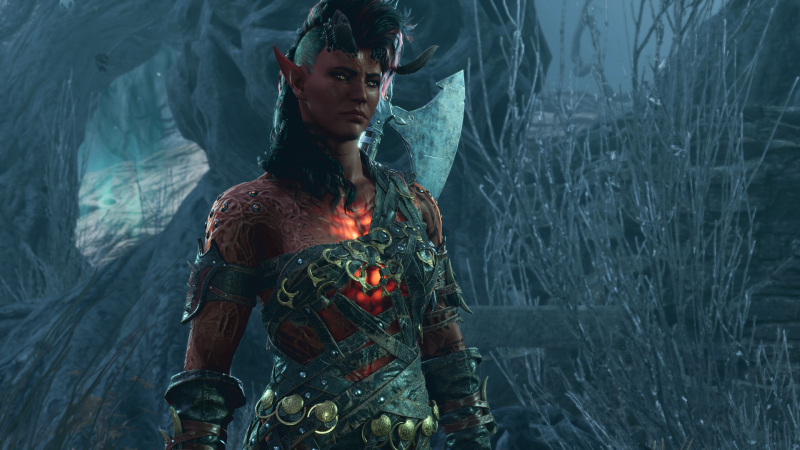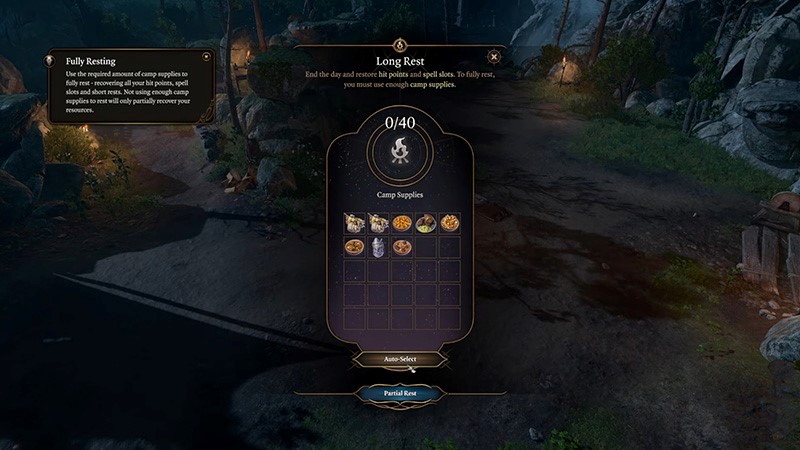Baldur’s Gate 3 vs Divinity
Larian Studios’ Baldur’s Gate 3 had a lot to live up to, following in the footsteps of the Divinity series. Both Divinity games set a high bar as fantasy RPGs with tactical turn-based combat, a party of colorful characters, and an emphasis on the depth and complexity of rules, all of which have been brought to Baldur’s Gate 3. But if you can only pick one, who wins in a Baldur’s Gate 3 vs Divinity match up?
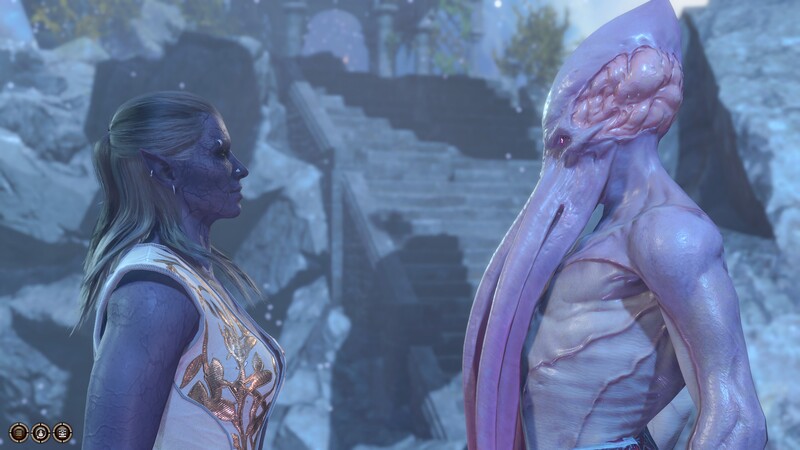
Credit: Larian Studios / Sophie McCarthy
The Setting
When discussing Baldur’s Gate 3 vs Divinity, the most apparent distinction between the games is the setting.
Baldur’s Gate 3 map takes place in the Forgotten Realms of Dungeons & Dragons. This makes it one of Larian’s few games set outside Rivellon, the world of Divinity.
Despite this crucial difference, both games’ narratives share an opening beat. The player character is held captive aboard a ship, the ship is attacked by a monster and subsequently destroyed, and the character is left to pick up the pieces and explore.
Companions
Companions are extra party members that help you through the game. And each one has a backstory that adds a lot to the story.
There are some great Baldur’s Gate 3 companions, from Warlock Wyll to Githyanki Fighter Lae’zel. But well written characters won’t be new to anyone who’s played Divinity or similar games.
Still, Baldur’s Gate 3 surpasses its predecessors with a fully voiced cast of companions and non-player characters. From major antagonists’ monologues to ambient chatter from background characters, nearly every line of dialogue is voiced, including a dungeon-master-like narrator providing additional descriptions and insight.
Combat
Turn-based combat across the two games differs in a few key respects. Divinity uses a round-robin initiative, preventing two party members from taking turns back-to-back.
Baldur’s Gate 3 uses Dungeons & Dragons 5e rules, ordering turns based on the results of dexterity skill checks. Divinity gives each character a specialized list of skills for combat, each of which depletes action points from a pool.
In contrast, Baldur’s Gate 3 has a list of common actions – things any character can do – as well as spells, special attacks, and item actions that vary from character to character and cost an action or bonus action. Again, this is exactly how the DnD 5e ruleset works.
Baldur’s Gate 3’s spells and combat features are again pulled from Dungeons & Dragons, and are directly related to you character’s class. The game also features a few additions and tweaks, mostly to balance aspects of environmental combat and provide plenty to do at low levels. Although Divinity characters can progress past level 20, Baldur’s Gate 3 caps at level 12 to avoid dealing with the power creep of higher Dungeons & Dragons play.
Baldur’s Gate 3 vs Divinity
Both of these games are pretty similar in their bones. But just because BG3 is a newer release with a higher production value doesn’t mean you should write Divinity off. Truly, both games are worth playing, whether with friends or on your own. We’d highly recommend them!
